 |
| Fujifilm’s X100 series, together with its X-Pro series, are the only models on the market to offer both an electronic and optical hybrid viewfinder. Is it the best of both worlds, or would you just rather have one over the other? |
Believe it or not, as a team, we don’t all agree on everything. So at any given time, each of us thinks the rest of us are wrong about something subjective that you can’t really be wrong about (we’re all human). That takes us to the task at hand: all the great recent electronic viewfinders (Leica SL, Panasonic GH5, Fujifilm GFX 50S…well, some of us think that one’s just okay) got us on the topic of which type of viewfinder we prefer.
Optical or electronic? There’s no wrong answer. (Or is there?)
Richard Butler
For me, I’m less concerned about the technology behind a viewfinder than the quality of it. A good optical viewfinder can be a lovely thing: giving you a sense of being ‘in the scene’ that even the best EVF can’t match. A good optical viewfinder can also be excellent when shooting in very low light: its responsiveness and resolution don’t suddenly drop, for instance. However, on most cameras, you don’t get a good optical viewfinder. APS-C sensors tend to mean small, pokey little viewfinders and most focus screens for modern cameras aren’t very good for manual focus. So, if an EVF means I can have a smaller camera with a larger viewfinder, the ability to preview the effect of my settings and the ability to shoot video, then that makes up for many of the shortcomings. It’s impossible to separate the viewfinder type from the style of camera it allows and, with the quality of the latest EVFs, the style of camera I like most usually means it comes with an EVF.
Dan Bracaglia
 |
| Photo courtesy Stan Horaczek |
Depending on the situation, I could go either way on the OVF versus EVF question. If forced to pick one, I’d choose OVF because I find shooting through an optical finder offers a more pleasant and rewarding experience than using an EVF. I also personally find it easier to compose images through an optical finder.
That said, EVFs make properly exposing images much easier, and in a commercial application in which getting the shot is mission critical, I could make an argument that EVFs are superior. That said, it would be cool if more cameras offered both, like on the Fujifilm X100 series.
Dale Baskin
I can’t believe I’m about to say this, but I now lean toward using EVFs. I wouldn’t have said that a couple years ago because, until recently, EVFs on still cameras basically sucked. Today’s best EVFs still won’t fool my brain into believing that I’m looking at an OVF, but in many respects they better reflect the way I tend to shoot with digital. I love the ability to overlay real-time information such as histograms, focus peaking, and zebras, as well as being able to preview exposure adjustments as they’re made. (I may be showing some of my video bias here as well.)
Are EVFs good for everything? No. I still wouldn’t choose them for photographing sports or in situations that require rapid-fire burst shooting, but I suspect EVFs will get there at some point. Of course, the best of both worlds is a hybrid OVF along the lines of those on the Fujifilm X100 series. I love having a perfect optical image overlaid with the useful tools an EVF provides. It’s kind of like the peanut butter cup of the camera world – the two just go well together!
Sam Spencer
Optical. Optical optical optical.
Don’t get me wrong, there have been some nice EVFs. The GX8, particularly, holds a soft spot in my heart.
At the end of the day, however, I prefer an optical viewfinder over any EVF. With an EVF, no matter how fast the camera is, the light has to enter the lens, hit the sensor, get processed, reduced, rendered, and THEN makes it to the eye. There has been a lot of work to make this ‘lag’ imperceptible, but it will never be completely eliminated. I find when I’m using an EVF I struggle timing candid shots properly, usually resulting in half closed eyes or an awkward expression. Also, with motorsports there is a lot of panning, which can be difficult through an EVF.
Ideally, I’d own a D750 and X100F to get the best of both worlds, especially because AF-C through the X100F’s OVF works way better than it has before…
Carey Rose
I’ve grown to love electronic viewfinders, but if I had to choose, I’d pick an optical viewfinder any day. It’s the combination of low blackout on higher-end cameras, how I’m easily able to follow subjects during bursts, and just the immediacy of seeing things as they happen that chiefly appeals to me. Whether I’m shooting sports, an event, a wedding or even just a dog playing fetch, the experience of using an optical viewfinder is just easier for me, and being able to clearly see a scene in really low light is invaluable. There’s a lot to be said for being able to preview your results with an electronic unit, but I still enjoy that brief ‘moment of discovery’ when I see an image on the back of the camera. Plus, a good optical viewfinder almost by definition goes along with a good phase-detect-only autofocus system, which I still prefer, despite the camera used in the above photo.
Wenmei Hill
I am strongly, adamantly in favor of…both. I shoot differently depending on whether I’m using an electronic or optical viewfinder. With an EVF, I let the camera control more – I’m comfortable shooting in aperture or shutter priority and using exposure comp to adjust what I see in the viewfinder. I experiment more with presets and creative modes because I can see the effects immediately, and I like an EVF with focus peaking if I’m focusing manually. With an optical viewfinder, however, I’m more hands-on with the controls. I pay attention to what I’m doing with the camera and feel connected to the scene in a way I don’t with an EVF. If I had to choose one, I’d choose an optical viewfinder because it feels more natural and immediate to me.
Allison Johnson
Electronic. I like the ‘being there’ feeling of an optical viewfinder, but almost any camera with an EVF also allows for a easily legible level gauge, which is a must for me (plus any camera that lets you put a level gauge in the EVF will also let you put a ton of other information in there as well). I have a problem where I’m drawn to shots where a level horizon is critical, but I’m also useless at nailing a level shot without that gauge. So even though I like the experience of an OVF better, I tend to get more keepers with an EVF.
What about you?
So, dear readers, what do you prefer and why? Let us know in the comments, and happy shooting.
Articles: Digital Photography Review (dpreview.com)




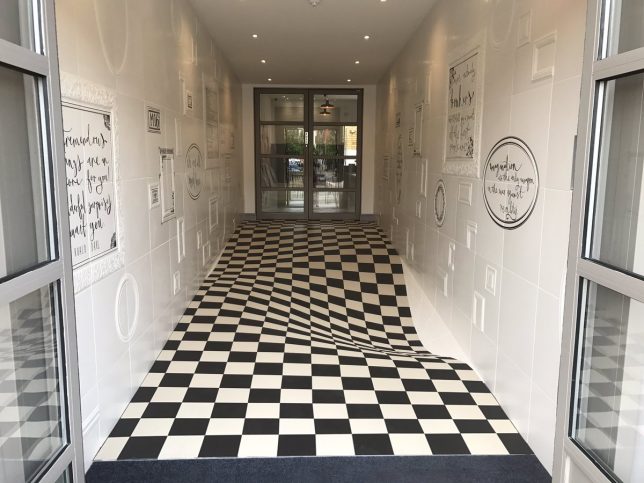















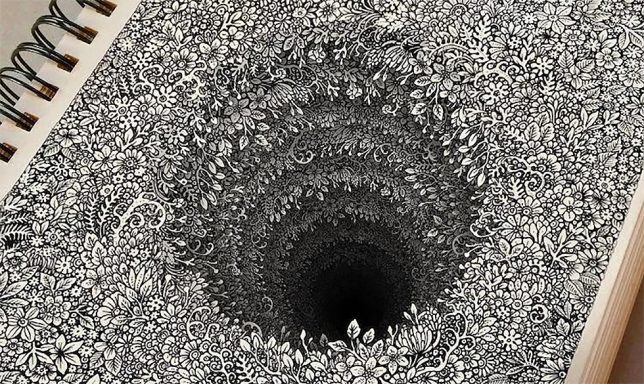
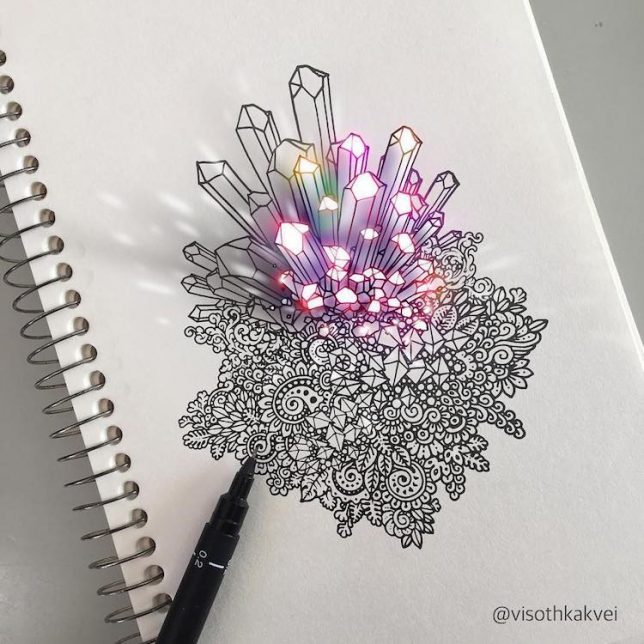
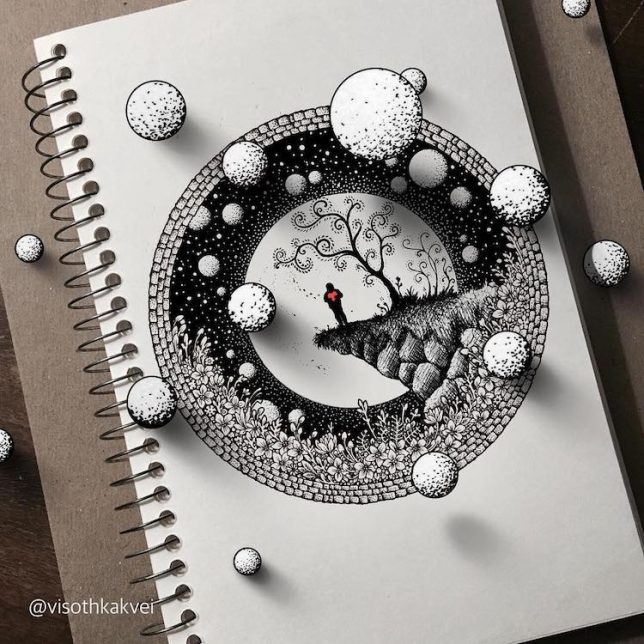

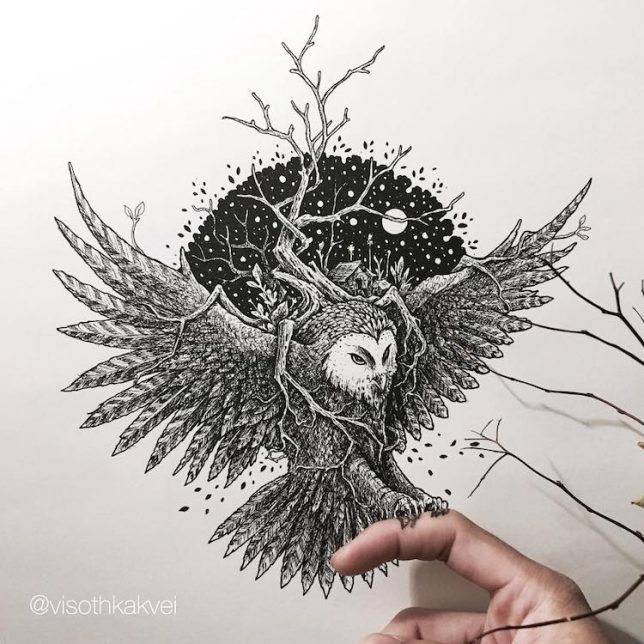
















You must be logged in to post a comment.